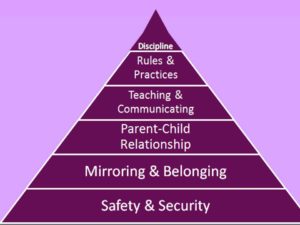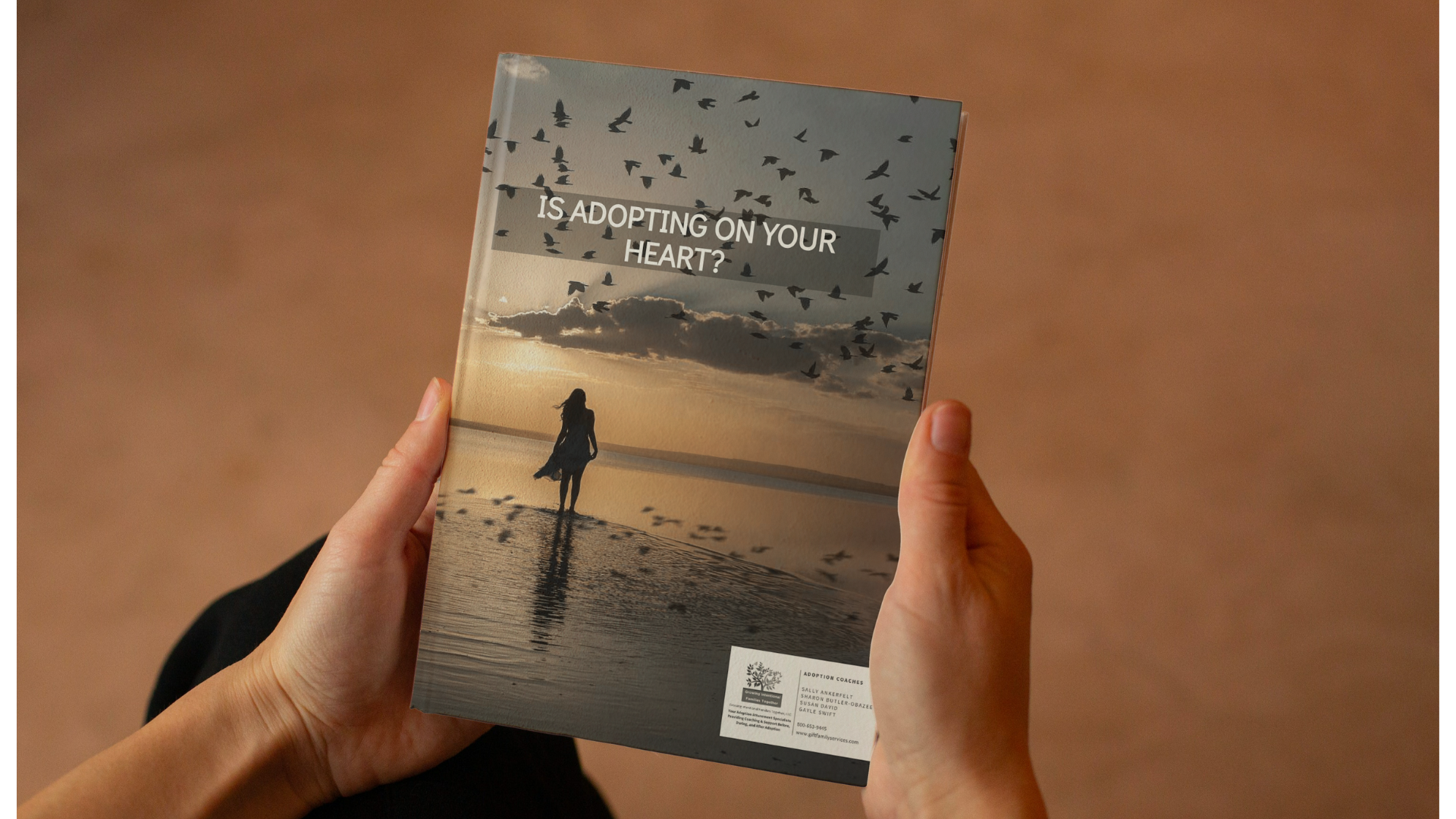
What It Means to Belong
About two weeks ago, Lynn Cooper–one of my partners at GIFT–and I (Joann DiStefano) attended and presented at the AAC (American Adoption Congress) conference. One of the prominent speakers at the conference, Bennett Greenspan, discussed DNA testing and how everyone will be able to know, in the very near future, their ancestry and roots. Many adoptees, present at the conference, were eager to find out their birth history if they already had not.
I believe that it is very important for us to know our histories. However, what intrigued me mostly was the fact, that unlike these adoptees at the conference, my children have no desire to find out their ancestral histories. Although my oldest son knows his birth mother, and a little bit about his birth father, he has not requested any other information that could lead to his birth last name or other facts regarding his roots. My younger son has requested that I not broach the subject, and I have honored his request, although, at times, I have ask him if his decision has changed.
Being a history buff, I am eager to have our historical story recorded and told. I have taken it upon myself to keep our pictures updated and to record important events in our lives. I have also updated, through pictures, stories, and other documents, our family histories as far back as our grandparents. If my sons were more interested in theirs, I would be eager to help them, but they are not. We have periodically made clear that we respect their birth parents and would support the boys in exploring whatever relationship they wish to create with them. Most importantly, we recognize that the decision and the timeline are their choice to make.
 As I started to ponder the reason for their apathy, it occurred to me that the Relationship Pyramid chart that we referred to in our presentation at the conference might be the key to unlocking this mystery. If a child does not feel as if he belongs within the environment with which he is placed, he may never develop closeness within his family unit. And belonging can only happen after the child has found safety and security with those entrusted to him. For many adoptees, the decision to research their birth connections is complex. They are simultaneously eager and reluctant to connect. Other individuals demonstrate little or no interest in search/reunion.
As I started to ponder the reason for their apathy, it occurred to me that the Relationship Pyramid chart that we referred to in our presentation at the conference might be the key to unlocking this mystery. If a child does not feel as if he belongs within the environment with which he is placed, he may never develop closeness within his family unit. And belonging can only happen after the child has found safety and security with those entrusted to him. For many adoptees, the decision to research their birth connections is complex. They are simultaneously eager and reluctant to connect. Other individuals demonstrate little or no interest in search/reunion.
As parents, we must respect and support their decision. Affirm that we understand that their hearts and lives (and ours) are large enough to accommodate both their families. We neither push nor discourage. Our job is to support and love them. We consistently present a secure base from which they can explore the world.
Many adoptive parents, including myself, have had their own issues with safety and security. Many believe that adoption will change that, only to find that those issues follow them, causing them to re-emerge within their newly formed family. Because an adoptee also faces other issues, the desire to belong is paramount. Without this belonging, the child will lose the will to relate to his adoptive family and yearn to find where he belongs elsewhere within the world.
As adoptive parents, we have a duty to know our adopted children for who they are. To be able to do so, we need to be aware of our own safety and security issues. We also need to know when we are triggered by our own trauma or lack of self-esteem. Being intentional, in our parenting, is the key to helping our children become independent and have that sense of belonging. They need to be able to relate to us and communicate their needs, even during our most vulnerable moments.
I hope someday my children will want to know their history. However, I also know that presently their need is to find their place within this world. I believe that I have helped them by giving them a foundation and some roots.



#adoptiveparenting #adoption
This was such a great post … I hope that my friends who have children who they have adopted that are now older read this and even those who are still parenting youngsters … especially think about the Relationship Pyramid, ie, safety and security, that may have been compromised and then plays itself out later on in odd behavior or disconnect.
I agree that we have to respect and affirm whatever the decisions our children make around reconnecting with their birth parents and families. It can be a sensitive subject for some or a subject that promotes apathy in others. Adoption is a lifetime journey. Years ago we might have thought that adoption was an event but now we understand that it truly is a lifetime journey. May the peace and understanding, love and forgiveness grace the lives of each member of the adoption triad.